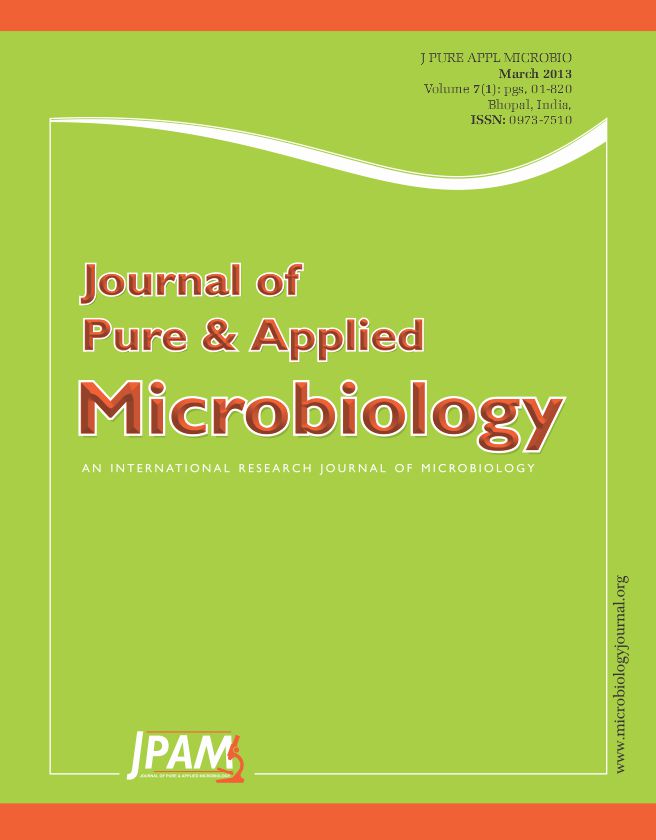The purpose of this study was to develop novel methods which could rapidly select and recognite Staphylococcus aureus. This study described two label-free methods using specific DNA sequences and 2-amino-5,6,7-trimethyl-1,8-naphthyridine (ATMND) to detect Staphylococcus aureus. In this assay, complementary double strands DNA probe and stem-loop structure probe can hybridize with a target DNA, so the DNA strand undergoes a conformational change to adopt an open state, resulting in restoration of the fluorescence intensity due to the release of the ATMND from the dSpacer site. The fluorescent intensity is related to the existence of Staphylococcus aureus. The study results demonstrated the both two methods could induce specific fluorescent signal after the Staphylococcus aureus DNA was added compared with other negative control strain DNA. Finally, this test provided methodological exploration for rapid and sensitive Staphylococcus Aureus identification by using Label-Free and Abasic Sites Containing DNA Probes.
Label-Free, ATMND, DNA Probes, Staphylococcus aureus
© The Author(s) 2014. Open Access. This article is distributed under the terms of the Creative Commons Attribution 4.0 International License which permits unrestricted use, sharing, distribution, and reproduction in any medium, provided you give appropriate credit to the original author(s) and the source, provide a link to the Creative Commons license, and indicate if changes were made.


